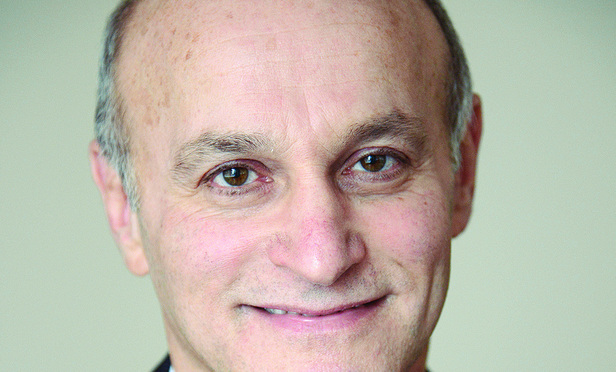The Permanent Commission on Access to Justice, which reports annually to the Chief Judge, has well-documented that despite the high level of pro bono legal assistance provided by the private bar and the generous funding for civil legal service organizations in the judiciary’s budget, many low-income New Yorkers seeking assistance are still unable to obtain help in situations that affect the essentials of life. The time is ripe to consider creative solutions and alternative forms of legal assistance besides full representation by a lawyer to address the dire legal needs of low-income New Yorkers.1 The aid of a trained non-lawyer can be immensely beneficial in guiding a confused litigant through filling out paperwork, providing moral support in a courtroom setting and giving valuable information regarding an individual’s case. Non-lawyers can greatly improve a litigant’s court experience and also affect outcomes—resulting, for example, in more people staying in their homes with great cost savings to the government.2
The courts have implemented a variety of programs in New York to harness the skills of non-lawyer volunteers to assist people in need. Non-lawyers are utilized successfully in the Court Navigator Program, which was planned and designed by the chief judge’s Committee on Non-Lawyers and the Justice Gap, chaired by Roger Maldonado and Fern Schair. The program, authorized by an administrative order of the chief administrative judge in 2014, allows non-lawyer “navigators” to help litigants file answers in Housing Court, accompany litigants in court, answer factual questions posed by the judge or court attorney and provide information about social services. The navigators provide moral support to needy New Yorkers, can help them access interpreters, impart crucial background information about what to expect in court and assist in completing paperwork. The Court Navigator Program is currently active in Bronx, Kings, New York and Queens County Housing Courts and Bronx County Civil Court (consumer credit matters), with plans to expand outside of New York City.



